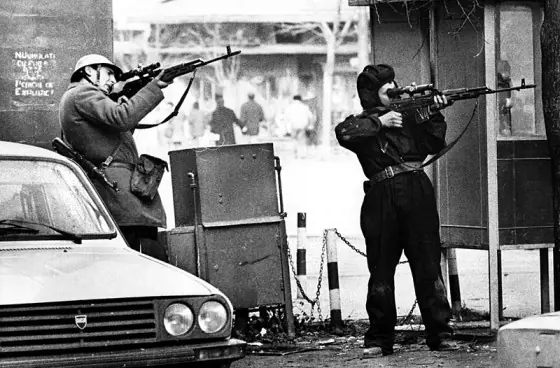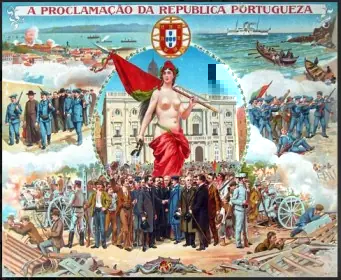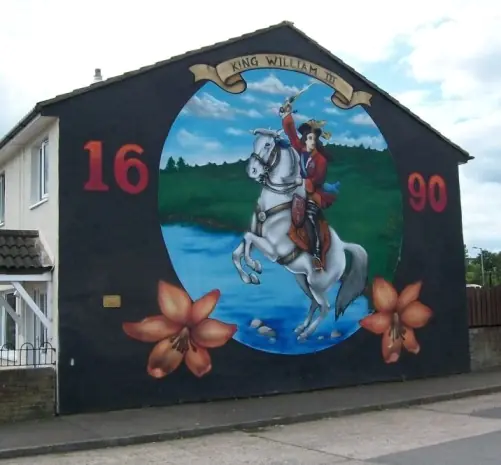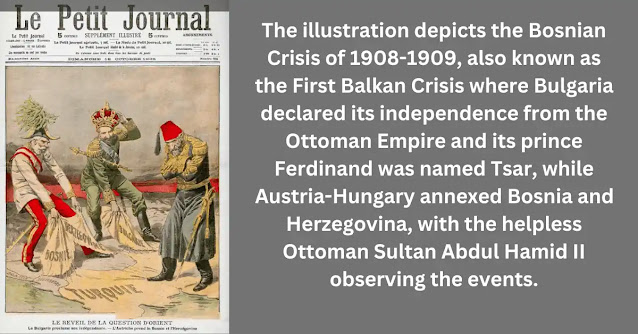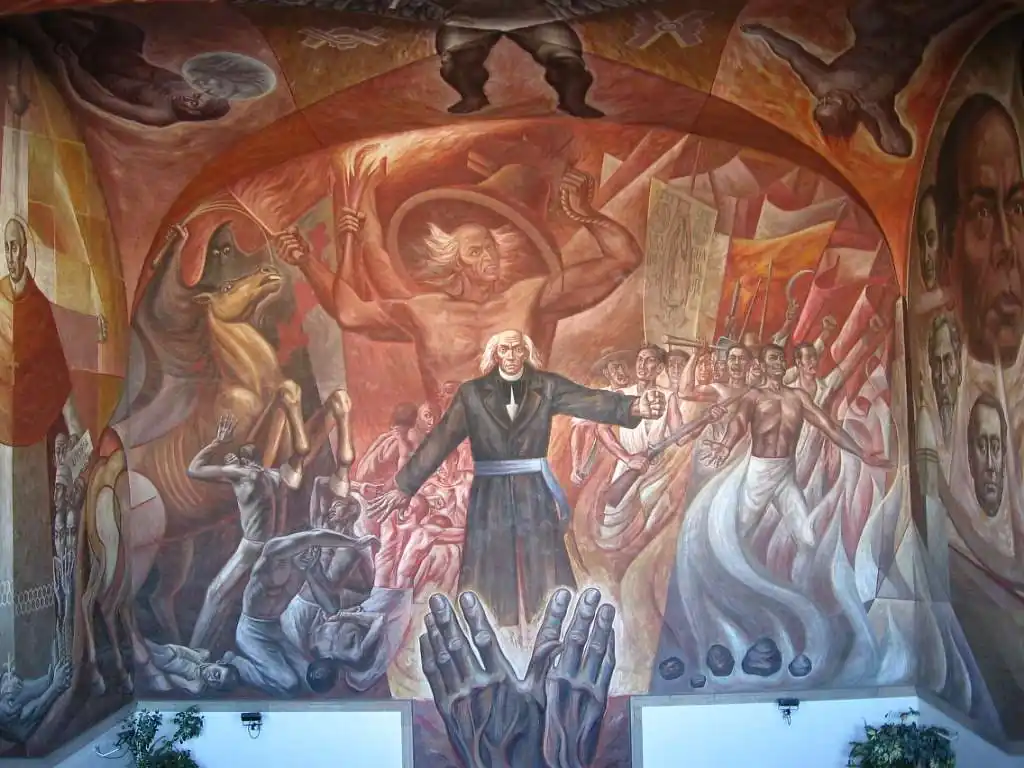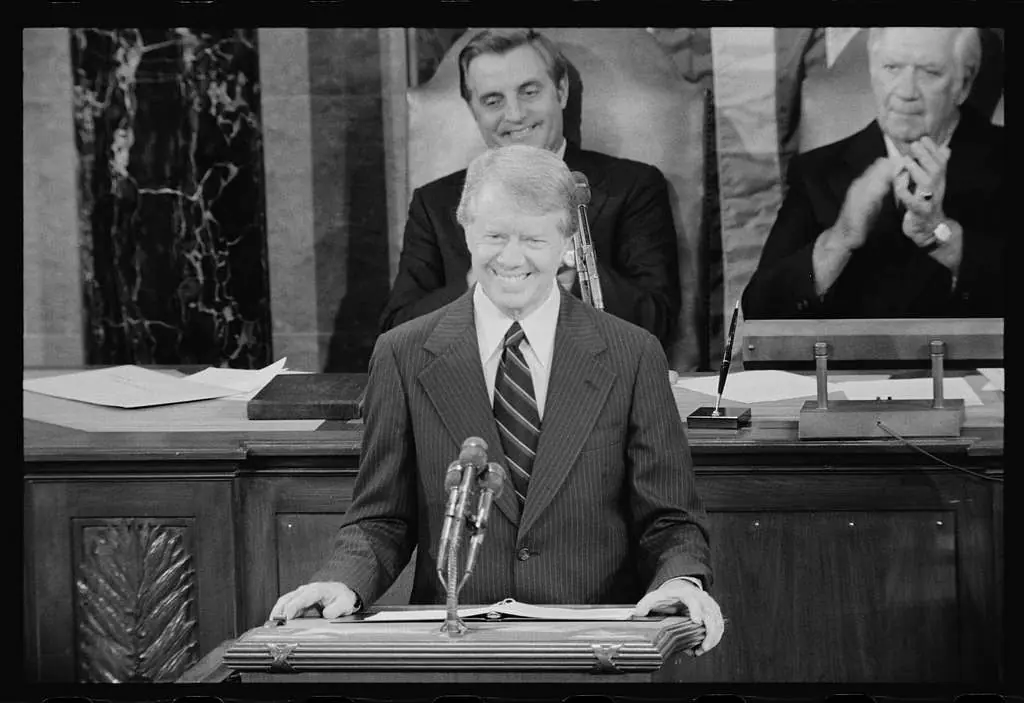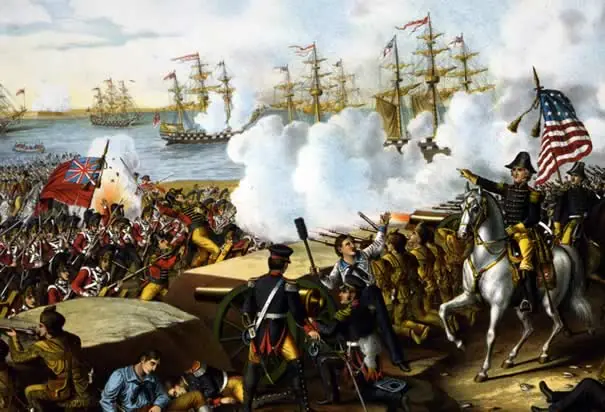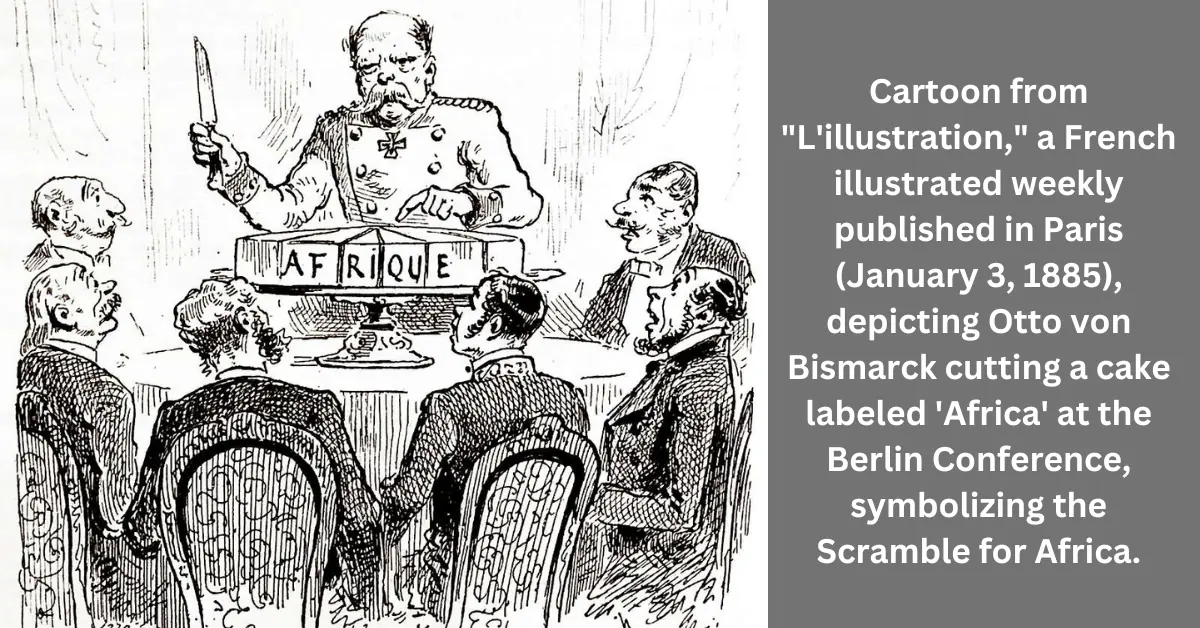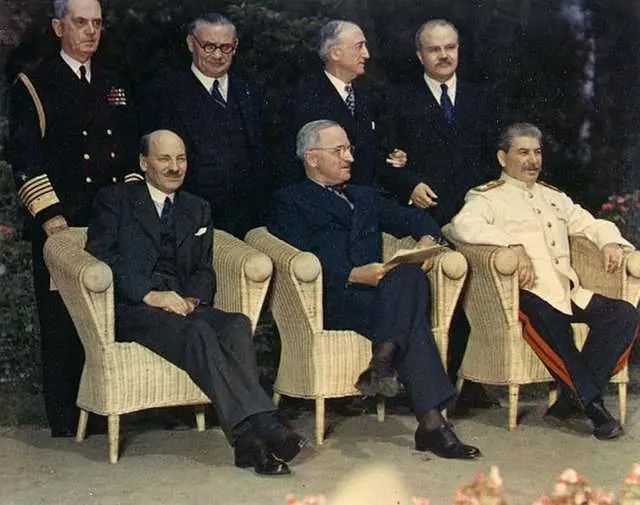Ivan the Great: Architect of Russia’s Sovereignty beyond the Golden Horde
Moscow rose to prominence under the rule of the Rurik dynasty, specifically during the reign of Ivan III, also known as Ivan the Great. The rise of Moscow as a dominant power in Russia occurred during the late 15th century. The Rurik dynasty traced its lineage back to Rurik who was a semi-legendary Varangian chieftain of the Rus’. According to tradition, he was invited to reign in Novgorod in the year 862. He has been considered the founder of the Rurik dynasty, which was the ruling dynasty of Kievan Rus’ and its territories, and ultimately the Tsardom of Russia, until the death of Feodor I in 1598.
After the Rurik dynasty, which ruled over Kievan Rus’ and its territories, several dynasties and ruling families seized power in various parts of the region that is now Russia. Among them, The Romanov dynasty is particularly noteworthy. The Romanov dynasty was one of the most well-known and significant dynasties in Russian history. They came to power in 1613 when Michael Romanov was elected as the Tsar of Russia, marking the end of the Time of Troubles.
💻 Table of Contents:
- The Rise of Moscow: Ivan III and Russian Sovereignty
- Ivan III: Breaking the Chains of Mongol Control
- Marriage Alliances and Territorial Expansion
- The Conflict with the Golden Horde
- The Fall of the Golden Horde: Moscow’s Rise to Power
- From Independence to Empire: Ivan III’s Lasting Impact
 |
| Ivan the Great Bell Tower |
The Rise of Moscow: Ivan III and Russian Sovereignty
The Romanovs ruled Russia for over three centuries until the Russian Revolution in 1917. Notable rulers from the Romanov dynasty include Peter the Great, Catherine the Great, and Nicholas II. Right at the beginning of this article, we have outlined a tiny-scan Moscow’s historical political context. However, our primary focus is on the conclusion of Mongol control in Russia and the crucial part played by Ivan the Great.
The late 15th century witnessed a pivotal moment in Russian history as Ivan III, commonly known as Ivan the Great, directed Moscow toward complete independence from Mongol rule. This era marked the conclusion of a gradual process of political alliance and boldness that paved the way for the emergence of the Russian state as a distinct and sovereign entity. The refusal to pay the traditional tribute to the Golden Horde in 1480 became a symbol of Moscow’s growing autonomy and set the stage for a new chapter in Russian history.
Ivan III: Breaking the Chains of Mongol Control
In the past two hundred years, the Mongol Empire, especially through the Golden Horde, had a significant influence on the lands of Rus. This combination included different areas and regions that later became the main part of what we now call modern-day Russia. The start of Mongol control began in the 13th century when Batu Khan, a descendant of Genghis Khan, led an invasion. This led to the formation of the Golden Horde and the control over the Russian territories. Although local leaders had some independence, the Mongols stayed in charge by demanding payments and choosing leaders who were like puppets, doing what the Mongols wanted.
 |
| Golden Horde |
Ivan III came to the throne of Moscow in 1462, inheriting a territory that was still subject to Mongol influence. However, Ivan was determined to proclaim Moscow’s sovereignty and expand its influence. His rule was branded by a series of strategic moves to strengthen power, both internally and externally.
Marriage Alliances and Territorial Expansion:
At the age of 22, Ivan ascended to the position of Grand Duke following his father’s death. Throughout numerous conflicts, Ivan III laid the groundwork for modern Russia. Over the course of four decades, he dexterously engaged diplomacy, alliances, warfare, and double dealing strategies to expand the territorial boundaries of Moscow and increase his own authority. Ivan expertly negotiated treaties, only to reject them when they no longer served his purposes. Through his unwavering determination, Ivan successfully achieved his objectives. The ruler of Moscow emerged as a formidable force, and his domain, which he was the first to
proclaim as “All Russia,” experienced significant growth.
One of Ivan’s early moves involved strategic marriage alliances. In 1469, he married Sophia Palaiologina, the niece of the last Byzantine emperor (Constantine XI Palaiologos). This union not only strengthened Ivan’s claim to be the successor of the Byzantine Empire but also elevated Moscow’s status on the international stage. The title “Tsar” was assumed by Ivan III, emphasizing the connection to the legacy of the Byzantine Empire and marking a departure from Mongol dominance.
 |
| Ivan VS Khan |
Simultaneously, Ivan engaged in a series of military campaigns to expand Moscow’s territorial holdings. Notable conquests included the annexation of Novgorod in 1478, which had been a significant center of trade and power in northern Russia.
The Conflict with the Golden Horde:
As Moscow grew in strength, Ivan III sought to proclaim full independence from the Golden Horde, which continued to demand tribute from the Russian territories. The turning point came in 1480 when Akhmat Khan, the leader of the Golden Horde, demanded tribute from Moscow. Ivan, recognizing the opportune moment, refused to pay.
The following conflict led to the iconic events of the Great Stand on the Ugra River. The armies of Ivan III and the Golden Horde faced each other across the river, but neither side initiated a decisive battle. The tensions eventually decreased without a conflict, marking a de facto acknowledgment of Moscow’s independence.
💻 You May Also Like:
- Mongol conquest of China: And Tourist Blogger Marco Polo
- Russian Expansion History: Legacy of the Cossack Mercenaries and Colonialism
- The Fall of Imperial Russia: From Tsarist Rule to Bolshevik Revolution
The Fall of the Golden Horde: Moscow’s Rise to Power
Ivan III’s refusal to pay tribute in 1480 symbolized the Rurik Dynasty’s break from Mongol dominance, as Moscow rejected the Golden Horde’s authority. This marked the end of formal Mongol rule over Russian lands, though the Golden Horde lingered, its grip on the region had significantly weakened.
 |
| Time of Troubles |
The events of 1480 were a reflection of the changing power dynamics in the region. Moscow transformed from a subordinate principality to a powerful political entity that could challenge the rule of the Mongols. The Great Stand on the Ugra River established Moscow’s military strength and the enthusiasm to defend its newborn liberation.
From Independence to Empire: Ivan III’s Lasting Impact
Following the events of 1480, Ivan III continued to unite power within Moscow and its surrounding territories. He expanded the centralized administration, limited the power of regional princes, and established a legal code known as the Sudebnik (a collection of laws). These actions contributed to the strengthening of the Russian state and set the stage for further developments under Ivan’s successors.
The legacy of Ivan III’s reign goes beyond the proclamation of independence. His efforts laid the groundwork for the centralized Russian state that would later advance into the Russian Empire. By securing Moscow’s autonomy and challenging the Mongol yoke, Ivan III played a pivotal role in shaping the geopolitical landscape of Eastern Europe.
The end of Mongol rule under Ivan III had profound implications for the shaping of Russian identity. The break from the Golden Horde marked the beginning of a distinct Russian statehood, separate from the Mongol-dominated political structure. Ivan’s marriage to Sophia Palaiologina and the assumption of the title “Tsar” highlighted the connection to the legacy of the Byzantine Empire, contributing to the idea of Moscow as the “Third Rome.”
The events of Ivan III’s reign, rooted in the legacy of the Rurik Dynasty, raised a sense of national unity and pride among the Russian people. Moscow emerged as a center of power, culture, and spirituality, laying the foundation for the future development of the Russian state.
 |
| Rurik Monarchs of Russia |
Conclusion:
The refusal to pay tribute in 1480 was a pivotal moment, marking the end of Mongol dominance and the start of Moscow’s journey toward full independence under the Rurik Dynasty. Ivan III’s reign transformed Russian history, setting the stage for the centralized Russian state and shaping its future for centuries. The events surrounding the Great Stand on the Ugra River summarize the spirit of boldness and purpose that paved the way for the emergence of Russia as a major political and cultural force in the world. Ivan the Great’s legacy stands as a key figure in the narrative of Russian statehood, symbolizing the triumph of Moscow over the ruins of Mongol rule.

